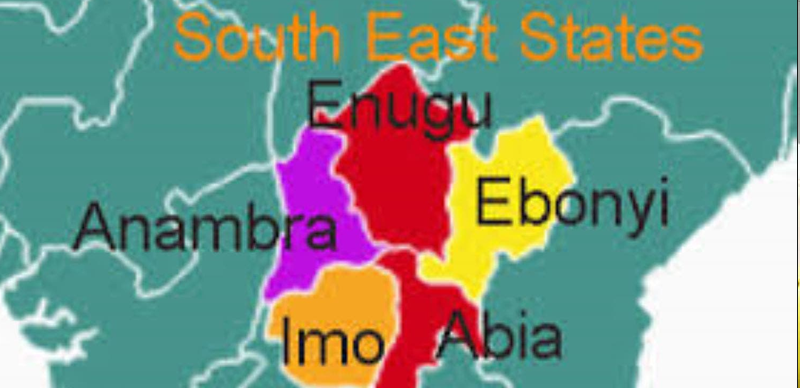In the birthplace of Mexico’s vigilante “self-defense” movement, a new group has emerged entirely made up of women, who carry assault rifles and post roadblocks to fend off what they say is a bloody incursion into the state of Michoacán by the violent Jalisco cartel.
Some of the four dozen women warriors are pregnant; some carry their small children to the barricades with them. The rural area is traversed by dirt roads, through which they fear Jalisco gunmen could penetrate at a time when the homicide rate in Michoacán has spiked to levels not seen since 2013, reports The Associated Press.
Many of the women vigilantes in the hamlet of El Terrero have lost sons, brothers or fathers in the fighting. Eufresina Blanco Nava said her son Freddy Barrios, a 29-year old lime picker, was kidnapped by presumed Jalisco cartel gunmen in pickup trucks; she has never heard from him since.
“They have disappeared a lot of people, a lot, and young girls, too,” said Blanco Nava.
One woman, who asked her name not be used because she has relatives in areas dominated by the Jalisco cartel, said that cartel kidnapped and disappeared her 14-year-old daughter, adding, “We are going to defend those we have left, the children we have left, with our lives.”
“We women are tired of seeing our children, our families disappear,” the vigilante said. “They take our sons, they take our daughters, our relatives, our husbands.”
That is, in part, why the women are taking up arms; men are growing scarce in Michoacan’s lime-growing hotlands.
“As soon as they see a man who can carry a gun, they take him away,” said the woman. “They disappear. We don’t know if they have them (as recruits) or if they already killed them.”
Beside the barricades and roadblocks, the female vigilantes have a homemade tank, a heavy-duty pickup truck with steel plate armor welded on it. In other towns nearby, residents have dug trenches across roadways leading into neighboring Jalisco state, to keep the attackers out.
Alberto García, a male vigilante, has seen the medieval side of the war: He is from Naranjo de Chila, a town just across the river from El Terrero and the birthplace of the Jalisco cartel leader Nemesio Oseguera. Garcia said he was run out of the town by Jalisco cartel gunmen because he refused to join the group.
“They killed one of my brothers, too,” said Garcia. “They hacked him to pieces, and my sister-in-law, who was eight months pregnant.”
El Terrero has long been dominated by the New Michoacán Family and Viagras gangs, while the Jalisco cartel controls the south bank of the Rio Grande river. In 2019, the Viagras hijacked and burned a half-dozen trucks and buses to block the bridge over the river to prevent Jalisco convoys from entering in a surprise assault.
And that same year, in the next town over, San Jose de Chila, the rival gangs used a church as an armed redoubt to fight off an offensive by Jalisco gunmen. Holed up in the church tower and along its roof, they tried to defend the town against the incursion, leaving the church filled with bullet holes.
It is that stark divide where everyone is forced to chose sides — either Jalisco, or the New Michoacán Family and the Viagras — that has many convinced that the El Terrero vigilantes are just foot soldiers for one of those latter two gangs.
The vigilantes bitterly deny allegations they’re part of a criminal gang, though they clearly see the Jalisco cartel as their foe. They say they would be more than happy for police and soldiers to come in and do their jobs.
El Terrero is not far from the town of La Ruana, where the real self-defense movement was launched in 2013 by lime grower Hipolito Mora. After successfully chasing out the Knights Templar cartel, Mora, like most of the original leaders, has distanced himself from the so-called self-defense groups that remain, and is now a candidate for governor.
“I can almost assure you that they are not legitimate self-defense activists,” said Mora. “They are organized crime. … The few self-defense groups that exist have allowed themselves to be infiltrated; they are criminals disguised as self-defense.”
Michoacán’s current governor, Silvano Aureoles, is more emphatic. “They are criminals, period. Now, to cloak themselves and protect their illegal activities, they call themselves self-defense groups, as if that were some passport for impunity.”
But in some ways, Mora says, the same conditions that gave rise to the original 2013 movement remain: Authorities and police fail to enforce the law and don’t guarantee residents peace.
Sergio Garcia, a male member of El Terrero vigilante group, says his 15-year-old brother was kidnapped and killed by Jalisco. Now, he wants justice that police have never given him.
“We are here for a reason, to get justice by hook or by crook, because if we don’t do it, nobody else will,” Garcia said.
Women Take Front Lines As Vigilantes Over Rising Insecurity: In Mexico
Post Date : January 16, 2021






